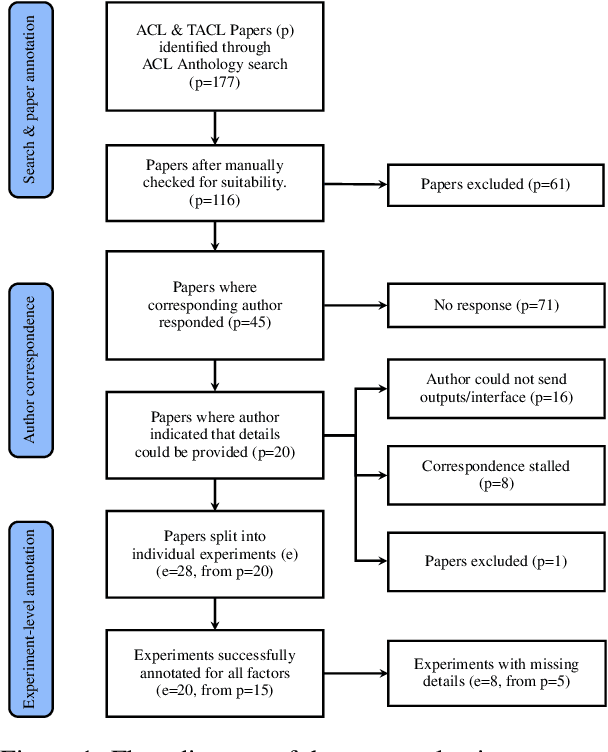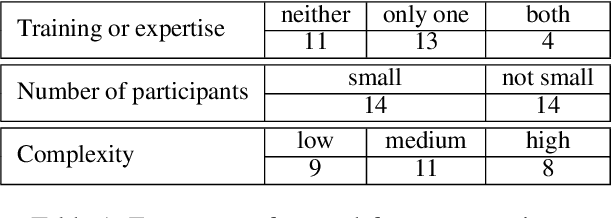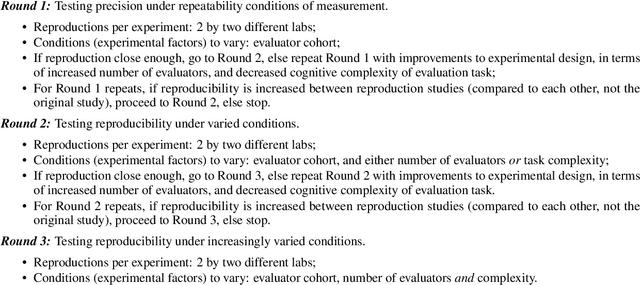Jose M. Alonso-Moral
Introducing User Feedback-based Counterfactual Explanations (UFCE)
Feb 26, 2024



Abstract:Machine learning models are widely used in real-world applications. However, their complexity makes it often challenging to interpret the rationale behind their decisions. Counterfactual explanations (CEs) have emerged as a viable solution for generating comprehensible explanations in eXplainable Artificial Intelligence (XAI). CE provides actionable information to users on how to achieve the desired outcome with minimal modifications to the input. However, current CE algorithms usually operate within the entire feature space when optimizing changes to turn over an undesired outcome, overlooking the identification of key contributors to the outcome and disregarding the practicality of the suggested changes. In this study, we introduce a novel methodology, that is named as user feedback-based counterfactual explanation (UFCE), which addresses these limitations and aims to bolster confidence in the provided explanations. UFCE allows for the inclusion of user constraints to determine the smallest modifications in the subset of actionable features while considering feature dependence, and evaluates the practicality of suggested changes using benchmark evaluation metrics. We conducted three experiments with five datasets, demonstrating that UFCE outperforms two well-known CE methods in terms of \textit{proximity}, \textit{sparsity}, and \textit{feasibility}. Reported results indicate that user constraints influence the generation of feasible CEs.
Toward enriched Cognitive Learning with XAI
Dec 19, 2023Abstract:As computational systems supported by artificial intelligence (AI) techniques continue to play an increasingly pivotal role in making high-stakes recommendations and decisions across various domains, the demand for explainable AI (XAI) has grown significantly, extending its impact into cognitive learning research. Providing explanations for novel concepts is recognised as a fundamental aid in the learning process, particularly when addressing challenges stemming from knowledge deficiencies and skill application. Addressing these difficulties involves timely explanations and guidance throughout the learning process, prompting the interest of AI experts in developing explainer models. In this paper, we introduce an intelligent system (CL-XAI) for Cognitive Learning which is supported by XAI, focusing on two key research objectives: exploring how human learners comprehend the internal mechanisms of AI models using XAI tools and evaluating the effectiveness of such tools through human feedback. The use of CL-XAI is illustrated with a game-inspired virtual use case where learners tackle combinatorial problems to enhance problem-solving skills and deepen their understanding of complex concepts, highlighting the potential for transformative advances in cognitive learning and co-learning.
Missing Information, Unresponsive Authors, Experimental Flaws: The Impossibility of Assessing the Reproducibility of Previous Human Evaluations in NLP
May 02, 2023



Abstract:We report our efforts in identifying a set of previous human evaluations in NLP that would be suitable for a coordinated study examining what makes human evaluations in NLP more/less reproducible. We present our results and findings, which include that just 13\% of papers had (i) sufficiently low barriers to reproduction, and (ii) enough obtainable information, to be considered for reproduction, and that all but one of the experiments we selected for reproduction was discovered to have flaws that made the meaningfulness of conducting a reproduction questionable. As a result, we had to change our coordinated study design from a reproduce approach to a standardise-then-reproduce-twice approach. Our overall (negative) finding that the great majority of human evaluations in NLP is not repeatable and/or not reproducible and/or too flawed to justify reproduction, paints a dire picture, but presents an opportunity for a rethink about how to design and report human evaluations in NLP.
 Add to Chrome
Add to Chrome Add to Firefox
Add to Firefox Add to Edge
Add to Edge